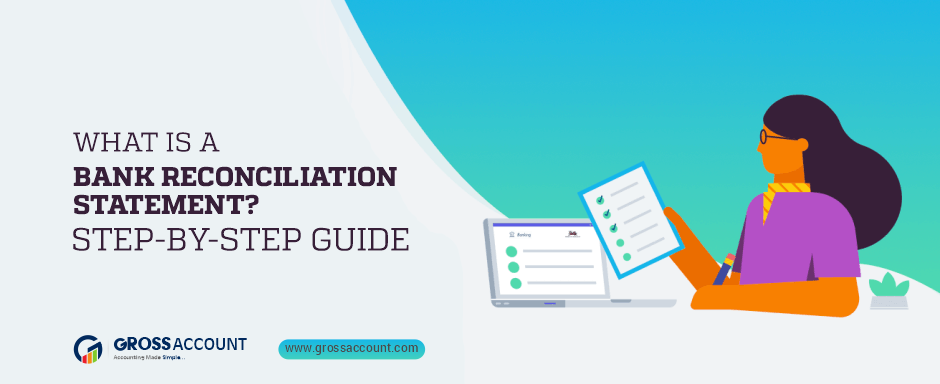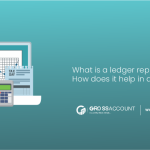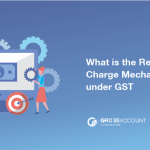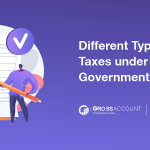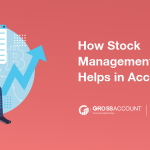In today’s competitive world, businesses must cross-check personal details with bank records regularly. The Bank Reconciliation Statement is the name for this procedure. Accounting software is used by businesses to keep track of personal information. Accounting software allows businesses to obtain reliable data for their day-to-day transactions.
What is the meaning of bank reconciliation?
Companies must compare their balance sheet and bank statement to perform a bank reconciliation. Companies can use this to keep track of their accounting records and resolve any differences discovered during bank reconciliation.
Companies submit bank statements at the end of the day, month, or year. This statement is used to maintain track of a commercial transaction. Deposits are recorded on the credit side of the bankbook, while withdrawals are recorded on the debit side.
On the other hand, Companies can keep track of their account book, including cash and bank transactions, throughout their working day.
For the bank reconciliation, accountants compare the transaction, account book, and bank book. This procedure is dependent on the organization’s transactions and figures. This process is carried out by medium and small-sized businesses at the end of each month. At the end of the day, however, large businesses need to go through this process.
The amount should be matched in this procedure; otherwise, the data appears to be errorless. This error was discovered by the bank conciliation and helped in the correction of the errors. Nowadays, using accounting software makes this process much easier for business accounts.
A Step-by-Step Guide for Bank Reconciliation
Here is step-by-step guidance for bank reconciliation.
1. Get the bank records
Companies require the bank record to reconcile processes. These records detail the entire transaction. Companies can complete the bank reconciliation processes by using the bank record.
These bank records can be accessed via online banking, banking statements, or by directly collecting data while allowing the banking to be shared directly with the accounting software. This is the first step in obtaining the transaction’s modified data.
2. Get the businesses records
Companies corrected their accounts throughout the transaction modification details. As a result, businesses gain the confidence of financiers or investors. Even though the transaction has been modified, the companies maintain a positive cash flow.
Accountants require the bank balance sheet to modify transactions, followed by the business’s records, which they manually enter at the end of the day.
3. Check the deposits and withdrawals
When a company receives a bank sheet, it must ensure that the deposits and withdrawals are properly documented. They are never able to reconcile because they receive the old details. As a result, when comparing the account sheet, it clarifies whether the dates are similar or not. If the bank balance sheet describes old data, then add the current data before proceeding to the next steps.
4. Check incomes and cost in the account book
The reconciliation organization must compare the end amount in this step. If the organization forgets to include the current data, they must first include the end incomes and costs before proceeding with the process.
5. Bank statements should be adjusted
A bank statement may not always accurately reflect a company’s transactions. Outstanding checks, bank errors, and currently pending deposits are all common reasons. For whatever reason, make the necessary changes to the bank statement.
6. Adjust the cash balance
During this phase, you must examine the cash transaction and ensure that the transactions described are managed to carry out by the companies. If the account book sees a transaction that is not completed by the business, errors in the reconciliation occur. That is why businesses must adjust their cash balance.
7. Comparing the end balances
When the organizations have completed all of the above processes, they must compare their adjusted balance with their bank amount. Finally, both balances are matched, and if they are not equal, the companies must repeat the process. Because of the bank reconciliation’s motto, the companies match up with both values.
Also Read: WHAT IS FINANCIAL RISK? TYPES AND HOW TO MEASURE FINANCIAL RISK?
What Are the Benefits?
There are several benefits to bank reconciliation that help businesses grow in a competitive market.
-
The organization can remove the double payment, also include payment that was not included, correct the calculation error, etc.
-
During the reconciliation process, organizations can also track bank fees and penalties.
-
The organization receives an accurate record of its accounts receivable and payable.
-
Businesses detect fraud and suspicious transitions.
Such issues are discovered during bank reconciliation
There are some common issues that businesses discover during the reconciliation process.
Returning checks after being deposited
In some situations, the bank will refuse to consider a check for a deposit. This is frequently due to the cheque being drawn on a bank account to receive cash. If this occurs, businesses must reverse the entry that represents the failed deposit by crediting the cash account, reducing the balance, and raising the debt in the accounts receivable account.
The bank is clearing void checks.
Businesses will most likely void a check that was cleared by the bank for an extended time and create a replacement. However, the payee may proceed to cash the original check on rare occasions. Also, the receiver refused to cash it, if the check was voided by the bank. And if the bank was not informed of the canceled check, the organization will have to credit the cash account as well as debit the account to explain the payment.
Double payment
When a check is voided by the bank, it results in double payment. In this case, the organization receives a request from the receiver for a new check or repayment. Companies must then create a new entry for the requested repayment. As a result, businesses discover a duplicate payment entry in their account book or bank book.
Checks that are missing or uncleared
Several companies in the big corporate world deal with regular management and provide numerous checks regularly. When the account began the reconciliation processes, they discovered the uncleared check which has recently been paid to the receivers. However, some checks remain unclear for an extended time and are not cleared by the payee. Companies must be aware of the replacement of the check and the voided check at that time.
Conclusion
Organizations can easily maintain their bank reconciliation processes with the help of accounting software. And obtain an accurate or error-free result. Companies can complete their bank reconciliation process once they have equal amounts in both the bank and accountant books.
Contact Us and get a Free Demo of Gross Accounting Software.

